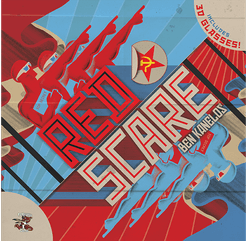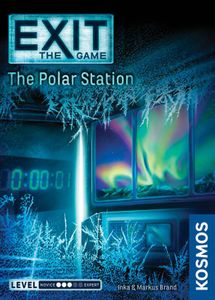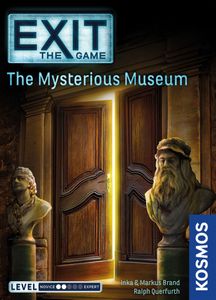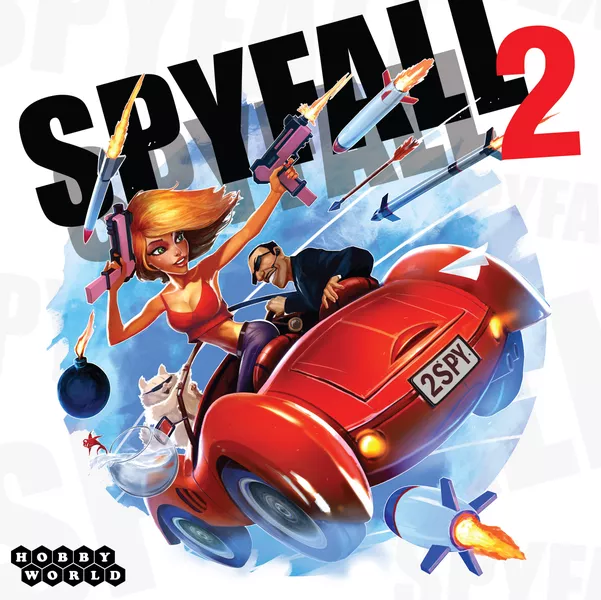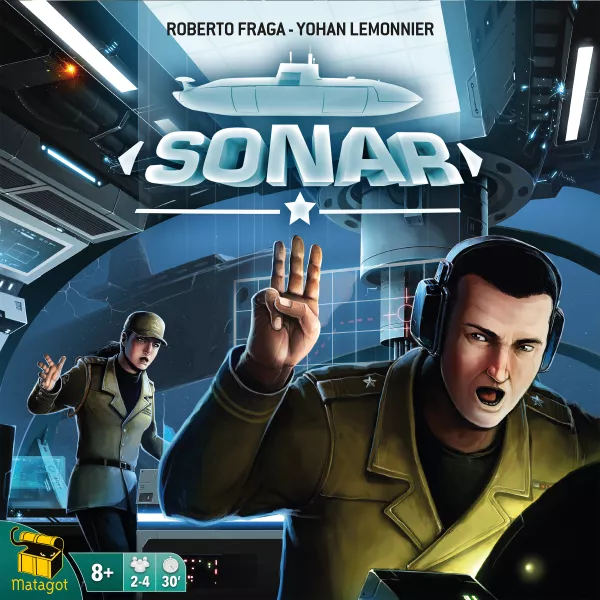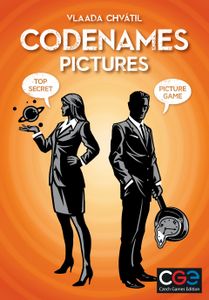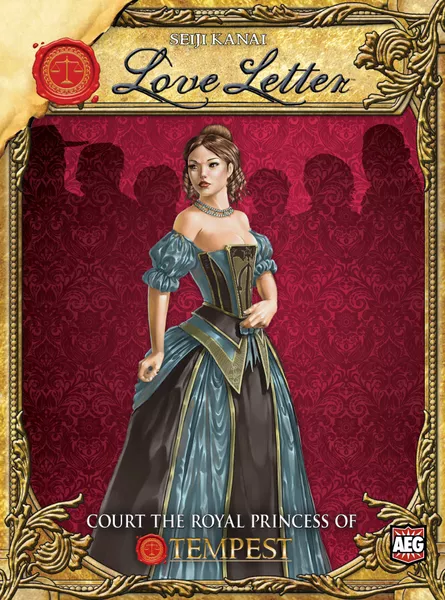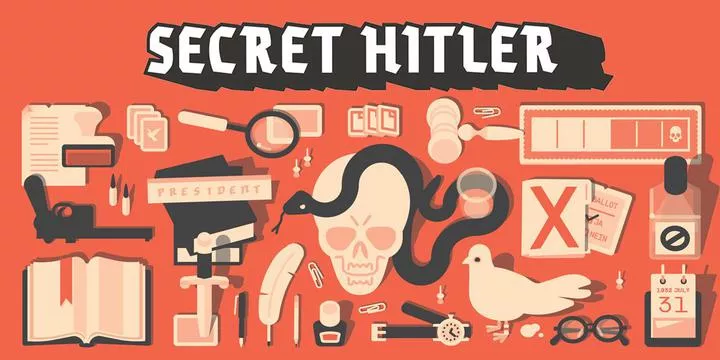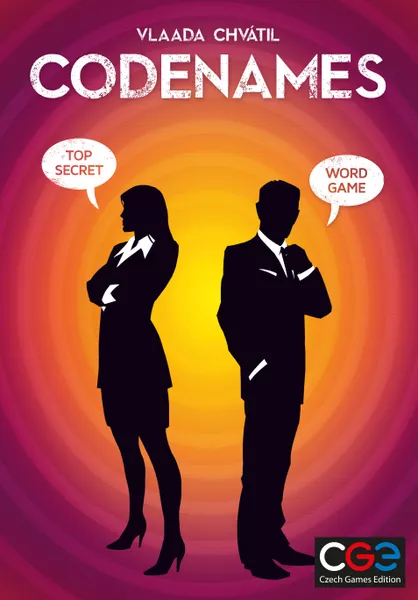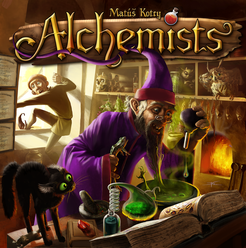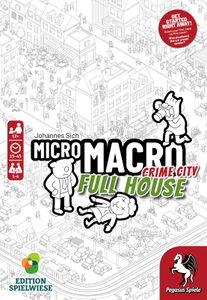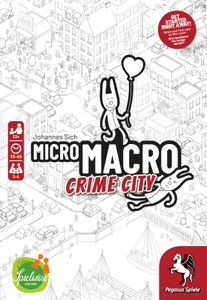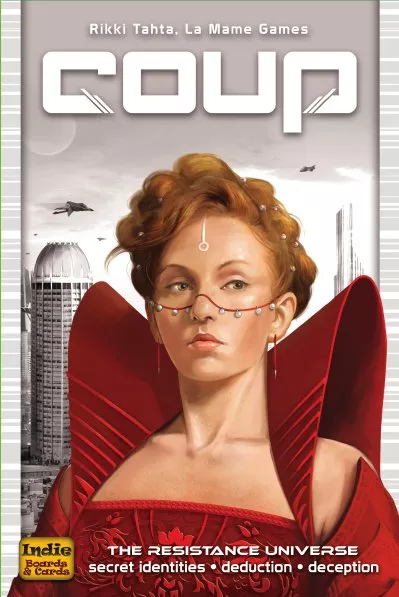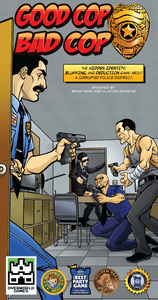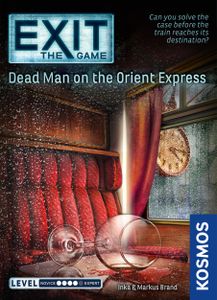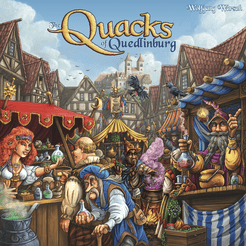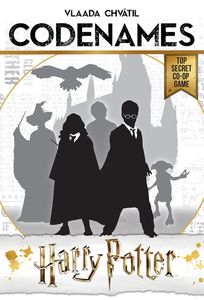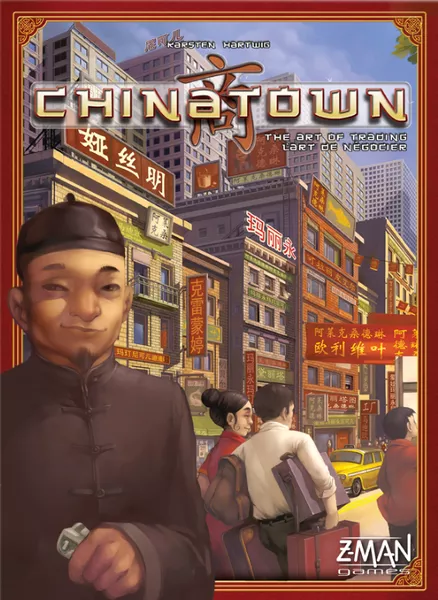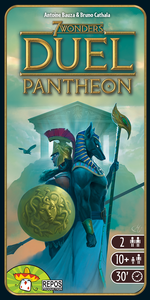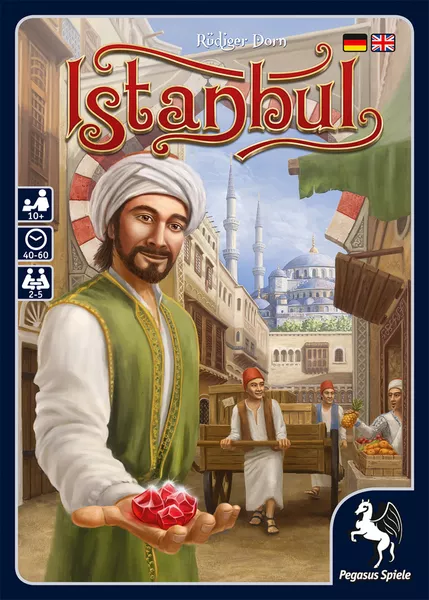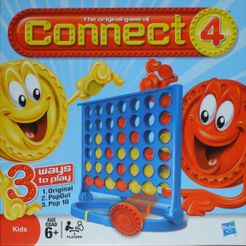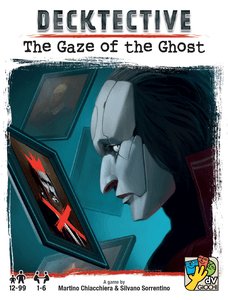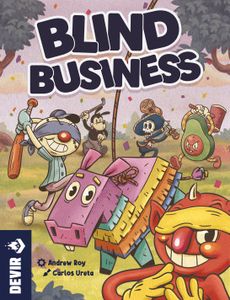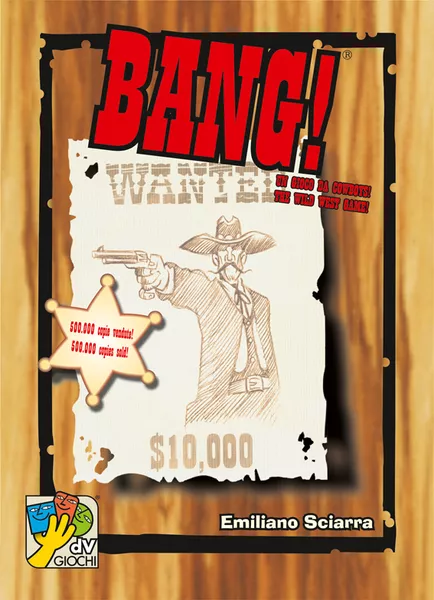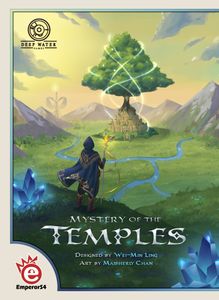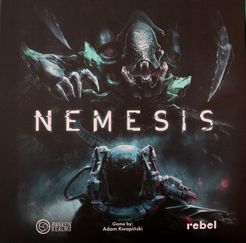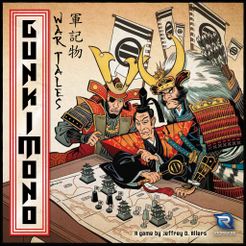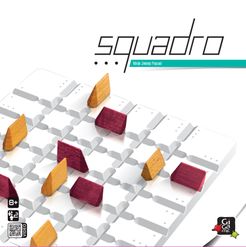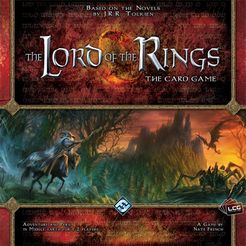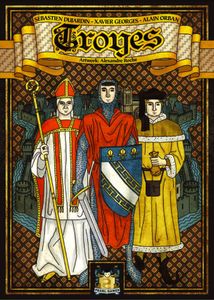Spy! (1974)
Tác Giả: Sid Sackson
Nhà Phát Hành: Games International, GAMES Magazine, Gamut of Games
- Giới Thiệu
- Hướng Dẫn
- Video
- Chơi Ngay
- Đánh Giá & Bình Luận
Equipment
One game sheet (reproduced on graph paper or photocopied), consisting of an upper and a lower field, and a pencil for each player.
Object
The aim is to be the first to deduce the opponent’s secret network of lines by systematically ‘spying’ on the opponent’s upper field.
Make two copies of the game sheet on graph paper (or by photocopying), and give one copy to each player. In the upper field of his game sheet, each player lays out a network (without letting his opponent see it) consisting of six lines - each of a different length, ranging from one to six grid unit lengths, inclusive. The lines must be drawn either horizontally or vertically, must be connected together (in any order), and must turn at right angles at each connection point. The lines may not touch each other except to where one ends and another starts. Illustrations 1 and 2 show networks that tin have been laid out correctly. Illustration 3 shows an incorrectly drawn network. (See images for the examples.
Play
1. One player spies by asking the opponent about the contents of a space in the opponent’s field (such as
1A, 2B and so on). If there is a line - or two connecting lines - in that space, the opponent announces: ‘hot’.
If there is no line in that space, but it is adjacent to a space containing a line, the opponent announces: ‘warm’. Squares which touch diagonally are not considered adjacent for this purpose. In all other cases, the opponent announces‘cold’. The opponent then asks about the contents of a space and the first player replies, thereby completing a round.
2. Each player uses the lower field on his game sheet for keeping track of information he obtains by spying.
3. In any round a player may, instead of spying on a single space, spy on from two to five connected spaces belonging to a single horizontal or vertical row. Whenever a player makes use of multiple spying, he must cross out below his upper field a square containing a number equal to the number of squares spied upon that turn. A player whose six numbered squares have all been crossed out may no longer use multiple spying, and the
opponent should keep track of this by using the squares under his own lower field.
At the end of any round either or both players may try to reconstruct their opponent’s network. A correct reconstruction counts as a single victory for the player. An incorrect reconstruction counts as a double victory for the opponent. (Thus it is possible for a tie to occur or for one player to win as much as a triple victory.) A player , who has made an incorrect secret construction or given the opponent incorrect information, automatically loses.
If the horizontal two-unit line in Illustration 1 were moved one grid unit to the right and connected with the four-unit line rather than the one-unit line, identical information would be obtained from spying. In such a case, either reconstruction would be considered correct.
Variation
Advanced players may agree to use more lines. Even the addition of an extra one-unit line greatly increases the strategic complexity.






